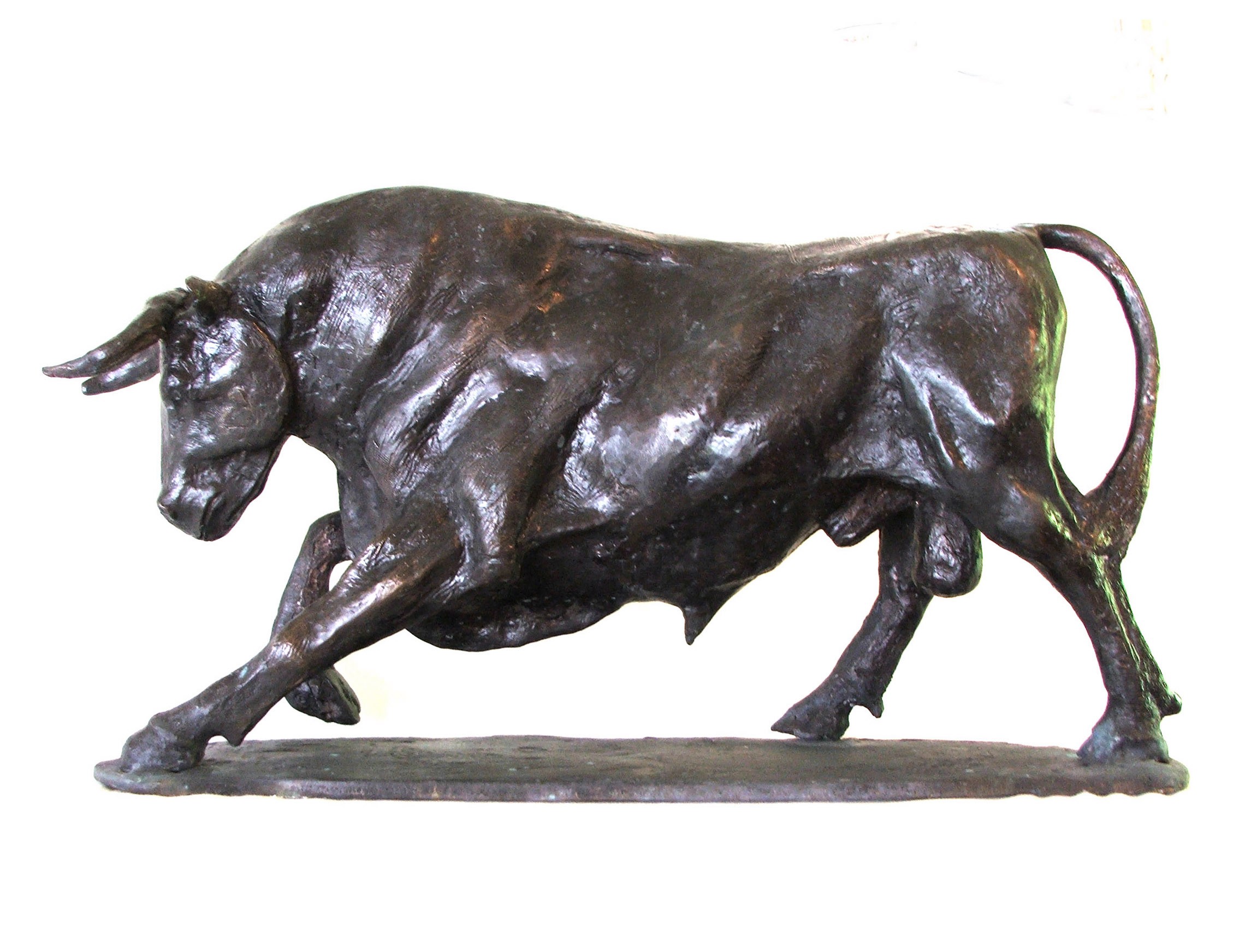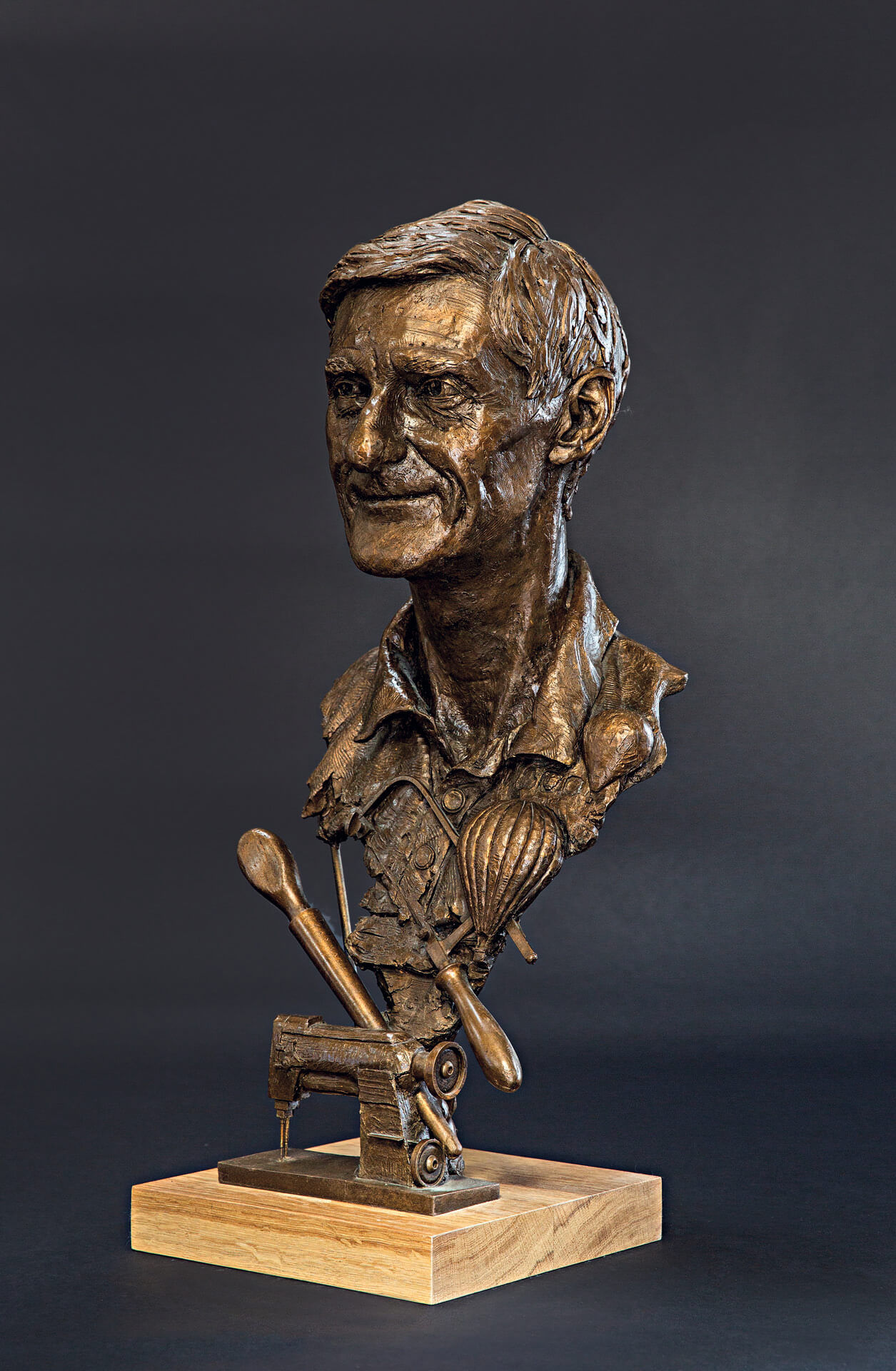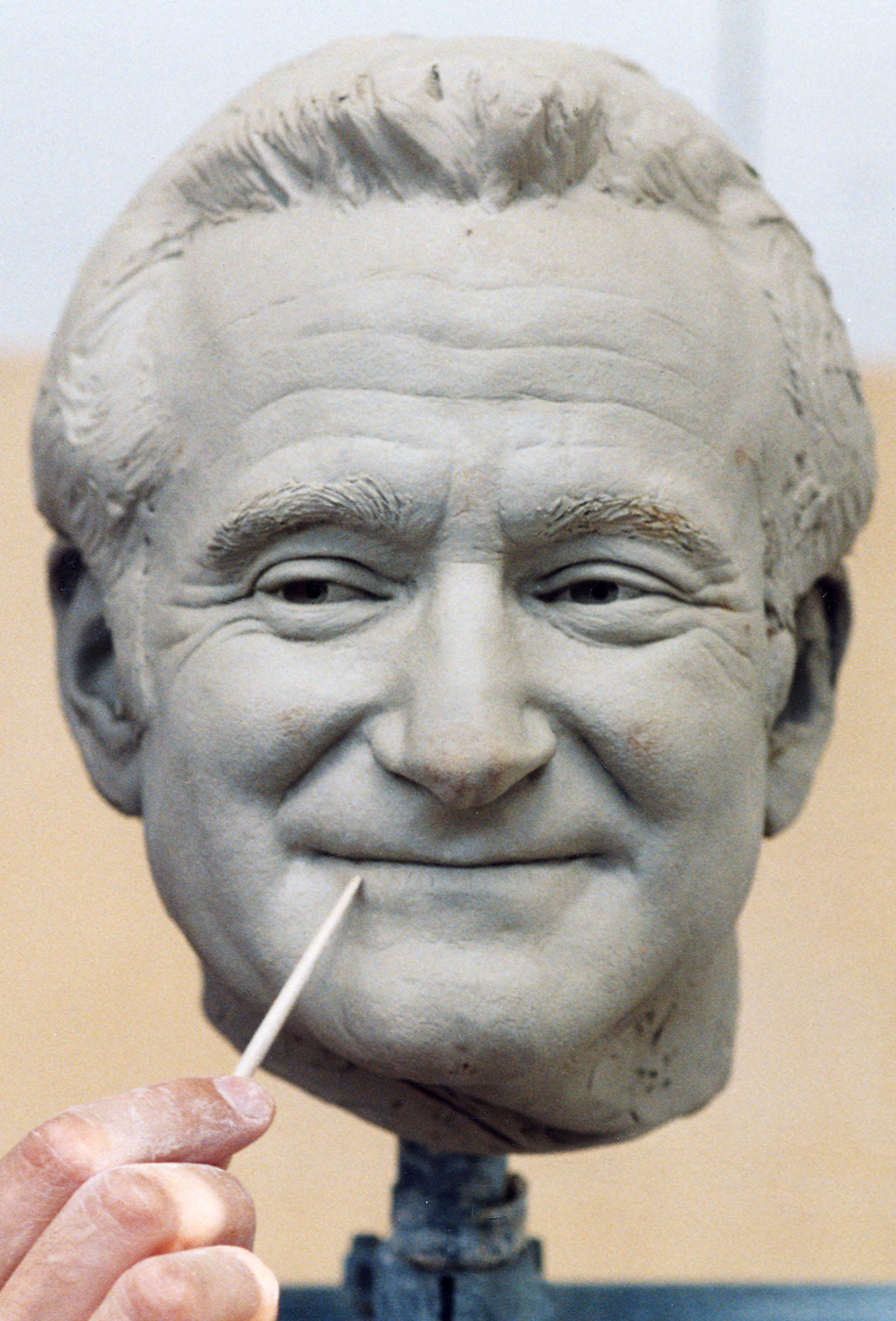The Advancement of Sculptures: From Ancient to Modern
The Advancement of Sculptures: From Ancient to Modern. Robert C Hitchcock Sculptor.
Sculpture, one of the oldest forms of art, has actually been an integral part of human people for centuries. From the ancient worlds of Egypt and Greece to the modern-day era, sculptures have advanced, reflecting changes in imaginative strategies, products, and cultural influences. This trip via time traces the growth of sculptures, exploring the shifts stylishly, topic, and creative expression.
Beginning with the ancient world, sculptures crafted from rock and later on bronze captured the significance of deities, leaders, and day-to-day life. The Renaissance duration witnessed a rebirth of classic sculpting methods, as artists looked for to imitate the graceful types of ancient Greek and Roman sculptures (Robert C Hitchcock Sculptor). In the modern-day age, musicians challenged standard borders, accepting abstraction and testing with new products
This exploration will certainly explore the diverse evolution of sculptures, exposing the rich tapestry of creative expression throughout different periods and cultures.

Old Sculptures: From Rock to Bronze
Ancient sculptures transitioned from being sculpted out of stone to being cast in bronze. This change noted a significant development in the art of sculpture, allowing for higher improvement and detail in the ended up works. Rock sculptures, while outstanding in their own right, were limited by the nature of the product. Rock called for substantial forming and carving, frequently causing a more streamlined depiction of the subject.
The introduction of bronze as a medium for sculptures produced a transformation in imaginative expression. Bronze used sculptors the chance to produce natural and complex forms that were not feasible with rock. The procedure of casting bronze permitted the production of several duplicates of a sculpture, allowing bigger distribution and conservation of these artistic work of arts.
The transition from stone to bronze also saw a shift in the topic of sculptures. While rock sculptures mainly depicted gods, sirens, and mythological figures, bronze sculptures started to reflect a broader variety of subjects, consisting of daily individuals and animals. This expansion of subject matter showcased the flexibility and flexibility of the bronze medium.
Renaissance Resurgence: Sculpting in the Timeless Design
The Renaissance rebirth of sculpture saw a renewal in the classical design, structure upon the improvements made during the shift from stone to bronze in old sculptures. Throughout this period, musicians looked for to recreate the classic visual and suitables of beauty that were common in ancient Greek and Roman sculptures.
One of the key qualities of the Renaissance revival was the focus on naturalism and the human kind. Sculptors like Donatello and Michelangelo strove to capture the physiological details and expressions of their topics with extraordinary accuracy. They researched the body and included their observations right into their sculptures, resulting in practical and realistic representations.
Another crucial element of the Renaissance resurgence was the exploration of perspective and depth. Musicians used methods such as contrapposto, where the weight of the body is shifted to one side, creating a sense of motion and dynamism. They likewise tried out with various products, including marble and bronze, to attain a degree of class and details in their sculptures.

Modernism and the Avant-Garde: Breaking Traditional Borders
During the Innovation and Avant-Garde movements, carvers pushed the borders of standard artistic conventions. This duration, which arised in the late 19th and early 20th centuries, saw a remarkable change in the method musicians came close to sculpture. Denying the concept of art as simple replica, modernist sculptors looked for to check out brand-new types, materials, and concepts.
One of the key characteristics of modernist sculpture was the emphasis on abstraction. Artists moved away from realistic representations and instead concentrated on recording the significance of the topic via streamlined kinds and geometric forms. This departure from conventional representation permitted artists to share their emotions and ideas in an extra subjective and individual fashion.

Contemporary Sculptures: Exploring New Materials and Concepts
With a concentrate on discovering new materials and ideas, modern sculptures have revolutionized the field of art. Artists today are pressing the borders of conventional sculpture by exploring and making use of cutting-edge materials with abstract ideas. These sculptures challenge standard ideas of materiality, type, and meaning, inviting visitors to engage in a brand-new and provocative creative experience.
Contemporary artists are embracing a wide variety of materials, consisting of plastic, glass, steel, and also raw material. They are not restricted to the traditional tool of rock or clay, permitting greater freedom of expression and experimentation. This change in the direction of unconventional materials has opened up new possibilities for artists to develop sculptures that are vibrant, interactive, and aesthetically striking.
In enhancement to discovering brand-new products, modern sculptures likewise look into facility and abstract ideas. Artists are currently checking out themes such as identification, social problems, and the atmosphere, using sculpture as an effective medium for social commentary and introspection. These sculptures test customers to believe critically and involve with art on a deeper level, triggering discussions and prompting emotional responses.
International Impacts: Sculptural Practices From Around the World
Sculptural practices from numerous areas of the globe have actually substantially shaped the development of sculptures throughout history. The global influences on sculpture have actually been diverse and have actually added to the richness and selection of imaginative expressions. From the ancient civilizations of Egypt, Greece, and Rome to the intricate makings of Oriental societies, each region has created its distinct sculptural traditions that have actually influenced musicians across time.
In old Egypt, sculptures were produced primarily for funerary and religious purposes. The famous sculptures of pharaohs and gods, such as the Great Sphinx and the bust of Queen Nefertiti, display the Egyptians' proficiency of stone carving and their idea in the immortality.

In old Rome, sculpture served both imaginative and political purposes. Roman sculptures usually portrayed emperors, generals, and mythical numbers, mirroring the power and splendour of the realm. The marble statuary of Augustus of Prima Porta and the monumental Arch of Constantine are significant instances of Roman sculptural accomplishments.
Eastern sculptural traditions, especially in India, China, and Japan, have also had an extensive effect on the development of sculptures. Indian sculptures, such as the delicately carved holy places of Khajuraho and the enormous sculptures of Buddha, show a rich blend of spiritual, mythological, and building aspects. Chinese sculptures, characterized by their great workmanship and focus to detail, usually portray divine beings, pets, and famous figures. Japanese sculptures, influenced by Buddhism, highlight simpleness and peace, seen in the peaceful sculptures of Buddha and the sophisticated art of bonsai.
The international impacts on sculpture remain to develop in the contemporary age. Musicians today draw ideas from numerous sculptural practices, including brand-new materials, techniques, and principles to create thought-provoking and ingenious art work. The fusion of different cultural influences has actually provided increase to a varied and vibrant sculptural landscape, reflecting the interconnectedness of our international society. As we want to the future, it is certain that the global impacts on sculpture will remain to form and redefine this ancient art form.
Conclusion
In conclusion, the advancement of sculptures has seen a change from ancient rock and bronze works to the timeless resurgence during the Renaissance. Today, modern sculptures explore new materials and principles, while also attracting motivation from worldwide sculptural traditions.
From the old human beings of Egypt and Greece to the modern-day era, sculptures have actually evolved, reflecting adjustments in imaginative strategies, materials, and social additional hints impacts.Beginning with the old world, sculptures crafted from stone and later on bronze caught the essence of divine beings, leaders, and day-to-day life.Old sculptures transitioned from being carved out of rock to being cast in bronze. While stone sculptures mostly illustrated gods, goddesses, and mythological figures, bronze sculptures started to reflect a broader variety of topics, including everyday people and animals.In final thought, the advancement of sculptures has actually seen a change from old stone and bronze functions to the classical resurgence throughout the Renaissance.